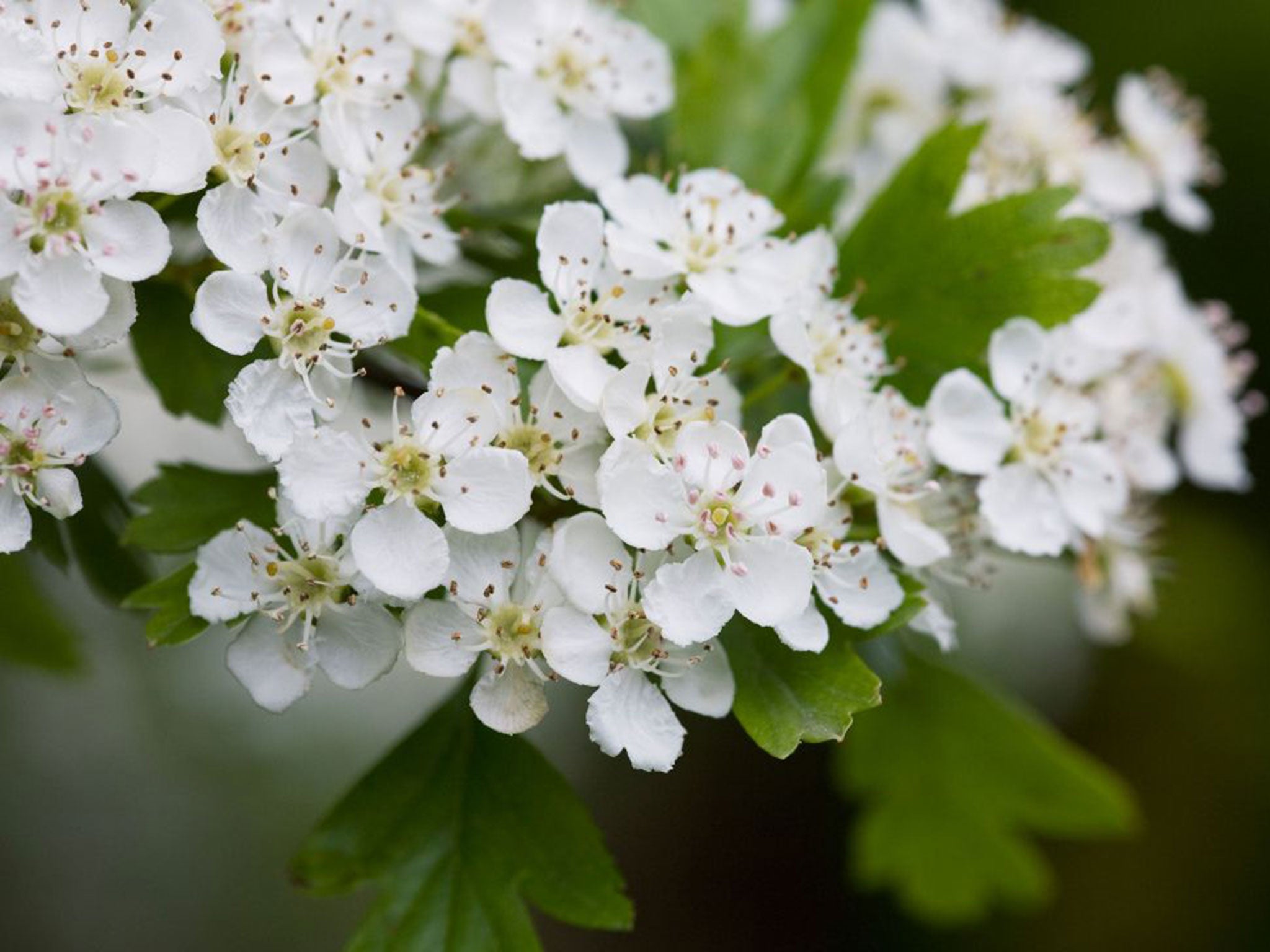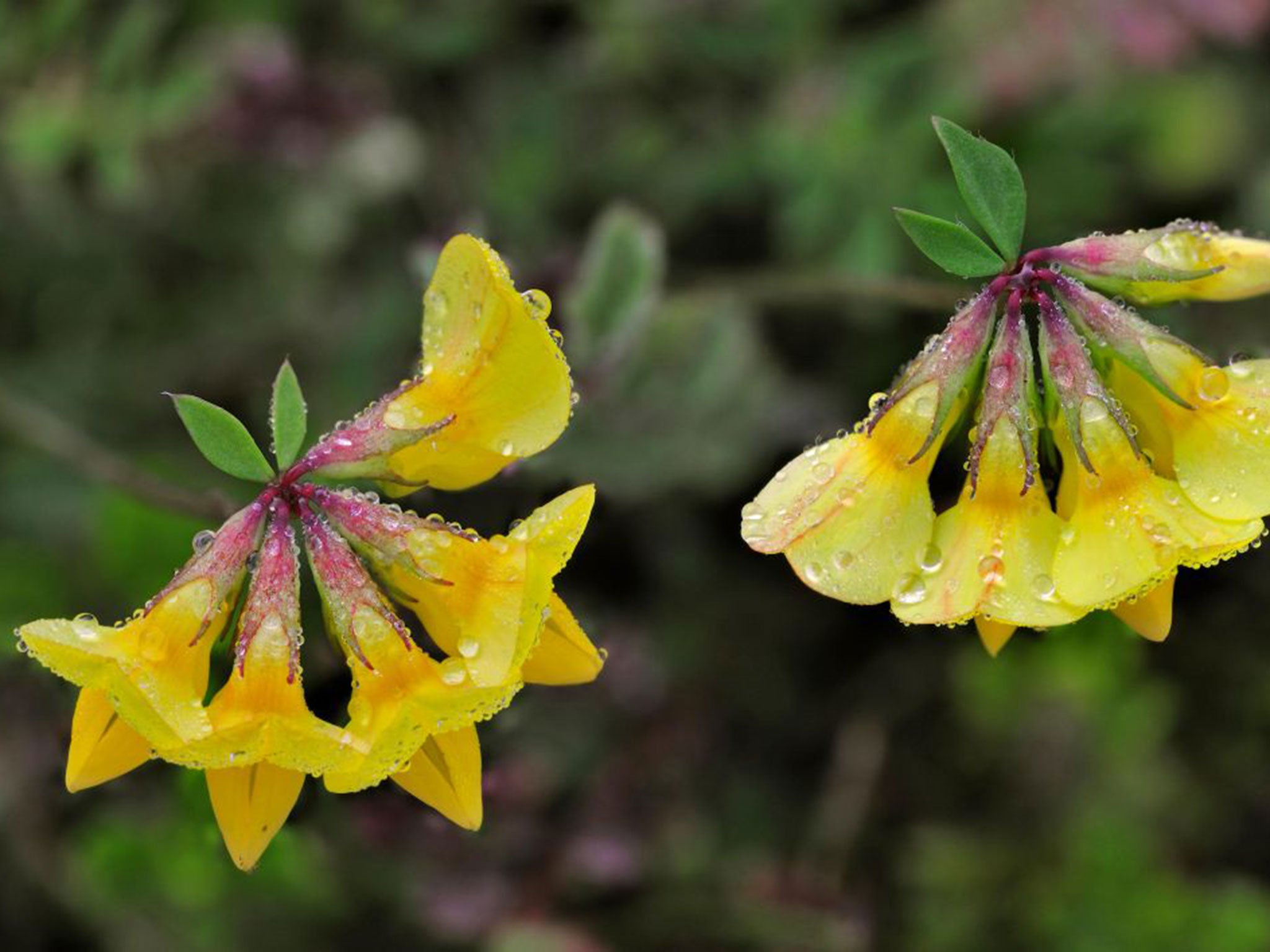More than 600 species of British flowers in bloom on New Year's Day
Nature Studies: In a normal winter botanists would expect no more than 20 to 30 plants to have been in flower

Your support helps us to tell the story
From reproductive rights to climate change to Big Tech, The Independent is on the ground when the story is developing. Whether it's investigating the financials of Elon Musk's pro-Trump PAC or producing our latest documentary, 'The A Word', which shines a light on the American women fighting for reproductive rights, we know how important it is to parse out the facts from the messaging.
At such a critical moment in US history, we need reporters on the ground. Your donation allows us to keep sending journalists to speak to both sides of the story.
The Independent is trusted by Americans across the entire political spectrum. And unlike many other quality news outlets, we choose not to lock Americans out of our reporting and analysis with paywalls. We believe quality journalism should be available to everyone, paid for by those who can afford it.
Your support makes all the difference.It’s unheard-of: after the warmest and wettest December on record, more than 600 species of British wildflowers were in bloom on New Year’s Day 2016, a major survey has shown.
In a normal cold winter, botanists would expect no more than 20 to 30 types of wild plants to be in flower in the British Isles at the year’s end – species such as daisy, dandelion and gorse.
But a survey by the Botanical Society of Britain and Ireland (BSBI) has discovered that on 1 January, no fewer than 612 species were actually flowering, including some from late spring and high summer – an occurrence which seems to be without precedent, and has left plant scientists astonished.
“It’s incredible,” said Kevin Walker, the BSBI’s Head of Science. “I’ve never seen anything like it.”
Just like December’s astounding weather regime of record rainfall and warmth, the mass out-of-time flowering is suggestive of a substantial climatic shift. “It is what might be expected with climate change,” Dr Walker said.
The appearance of many familiar and well-loved springtime species was a complete surprise: cowslips and cow parsley were both recorded four months early, normally appearing in April, while yellow archangel, bulbous buttercup and red campion are all expected in May.

But most remarkable of all for Dr Walker was the discovery, in 17 locations, of hawthorn in bloom – which is known as the mayflower for its normal flowering month.
“I’ve been monitoring these things for at least the last 20 years, and I’ve never heard of hawthorn being seen in flower at New Year,” he said. “I doubt if many botanists have ever seen it. I would be surprised if I saw hawthorn in March. What’s the world coming to?”
The BSBI survey, known as the New Year Plant Hunt, was detailed and wide ranging. It involved 500 BSBI members and other wild flower enthusiasts who spent three hours on New Year’s Day looking for species in bloom, all across Britain from the Hebrides to the Channel Islands.
Their efforts resulted in 400 lists (as some people worked in groups) containing 612 species in total; many lists had 60-70 species on them, with one recorder noting 100 species at Swanage in Dorset, while one of Britain’s leading plant scientists, Professor Mick Crawley of Imperial College, recorded no fewer than 153 species in the London area.

One of the difficulties of assessing the results, Dr Walker said, was that there is as yet no long-running baseline of British plants in flower at New Year against which the 2016 findings can be measured. “Our only baseline is what we know of a flower from all the floras [technical handbooks] – and the literature says there are only 20 to 30 species in Britain expected to be in flower all the year round.”
In the event, 1 January 2016 saw more than 20 times as many species in bloom. They can be divided, said Dr Walker, into early- and late-flowering examples – the late-flowering species being those which have straggled on since the summer, in the absence of the frosts which would normally have killed them off.
Roughly 75 per cent of the species found were regarded as late, about 20 per cent were early, and five per cent were on time.
Remarkable examples of later flowering species included the grass meadow fescue, which normally flowers in June and was thus six months late, and three species all five months late: pineapple weed, ivy broomrape and horseshoe vetch.
This last, an example of which was found in flower near Beer in South Devon, is particularly unusual, as it is associated with hot summer days on chalk downland, where it is the larval food plant of the chalkhill blue butterfly.
“What on earth is that doing flowering in the middle of the winter?” said Dr Walker. “It’s just crazy.”
The BSBI’s New Year Plant Hunt is a piece of “citizen science” which is likely to expand and become a valuable tool for measuring environmental change, in the same way that the RSPB’s Big Garden Birdwatch and Butterfly Conservation’s Big Butterfly Count are already showing changes in their respective areas.
Join our commenting forum
Join thought-provoking conversations, follow other Independent readers and see their replies
0Comments